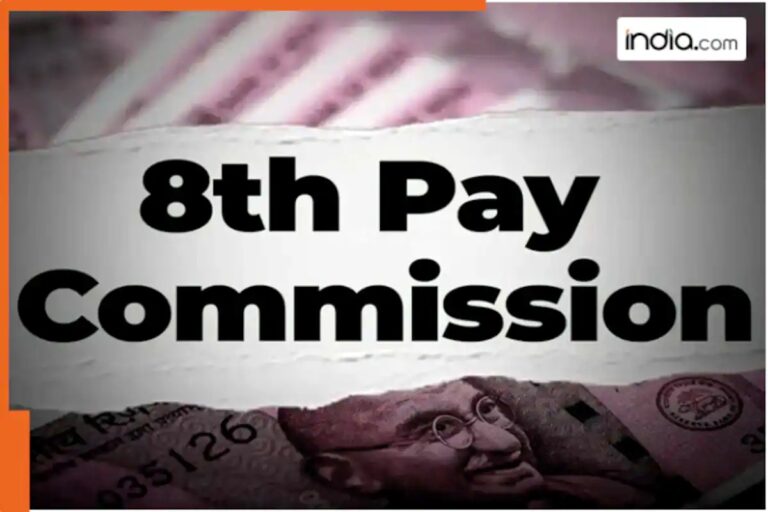
Gratuity Benefits and Financial Security for UPS Subscribers
The Central Government Employees’ Unified Pension Scheme (UPS) has undergone a significant enhancement, now offering gratuity benefits comparable to those under the National Pension System (NPS). This update, confirmed by the Department of Pension and Pensioners’ Welfare (DoPPW), aligns the UPS more closely with NPS provisions, providing employees with a more comprehensive retirement security framework. The revised rules, effective under the Central Civil Service (Payment of Gratuity under National Pension System) Rules, 2021, ensure that UPS subscribers receive both retirement and death gratuity, a critical addition to their post-retirement financial planning. Gratuity is calculated as one-fourth of emoluments for every six months of service, with a cap of 16.5 times the emoluments, subject to a ceiling of Rs 25 lakh. This structured approach ensures a substantial financial cushion for retirees, addressing long-standing concerns about the adequacy of pension benefits.
Comparative Analysis of UPS and NPS Benefits
While the NPS has traditionally offered lump sum benefits upon exit, the UPS now includes both gratuity and lump sum payments, creating a dual financial safety net for retirees. The lump sum benefit under UPS is calculated at 10% of emoluments for every six months of service, exceeding the NPS’s existing provisions. Experts emphasize that this dual benefit model strengthens the financial security of employees transitioning into retirement. Additionally, the UPS provides a one-time lump sum payment equivalent to one-tenth of the last drawn basic salary plus dearness allowance for each completed six months of service, further enhancing the financial stability of retirees. The inclusion of death gratuity under UPS also ensures that families of deceased employees receive a critical financial support, a feature absent in the NPS framework.
Government Contributions and Pension Stability
The UPS’s structured approach to retirement benefits includes a government contribution of 18.5%, which is higher than the NPS’s 10% contribution rate. However, only 10% of the government contribution goes directly into the employee’s pension account, with the remaining 8.5% allocated to enhance the scheme’s overall stability. This approach ensures a more predictable pension payout for employees with at least 25 years of service, who receive 50% of their average pay from the last 12 months as a pension. The scheme also incorporates inflation-indexed pension adjustments through dearness relief, providing long-term financial protection against rising living costs. These features position the UPS as a more stable and secure option compared to the NPS, which relies on accumulated corpus and fluctuating annuity rates for pension payouts.
Future Implications and Employee Considerations
The recent alignment of UPS benefits with NPS provisions marks a pivotal shift in government policy, aiming to harmonize employee benefits across different pension schemes. While the UPS offers guaranteed pension payouts and structured gratuity benefits, the NPS remains a viable option for employees seeking flexibility in investment choices. However, the extended deadline for switching to UPS until September 30, 2025, allows employees to evaluate their options more thoroughly. The choice between UPS and NPS requires careful consideration of long-term financial goals, anticipated retirement needs, and the potential for long-term security. As government employees navigate these complexities, the updates are expected to influence broader retirement planning strategies, ensuring a more equitable and secure financial future for retirees.




